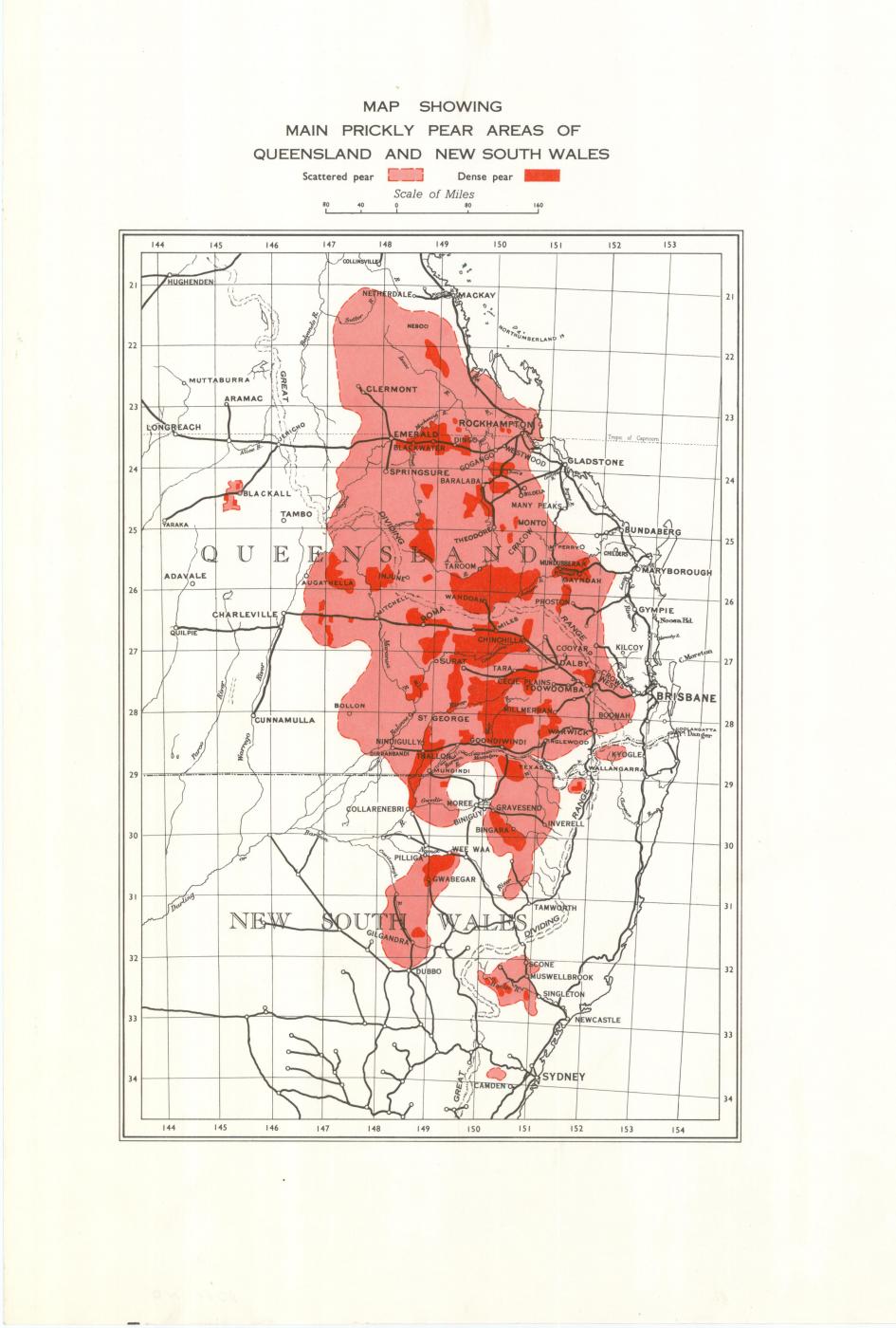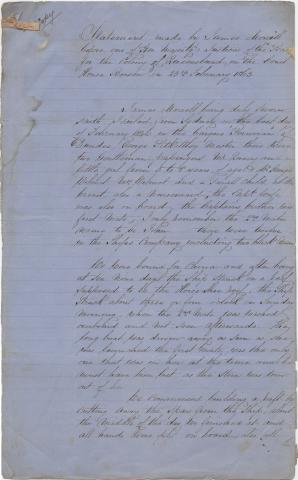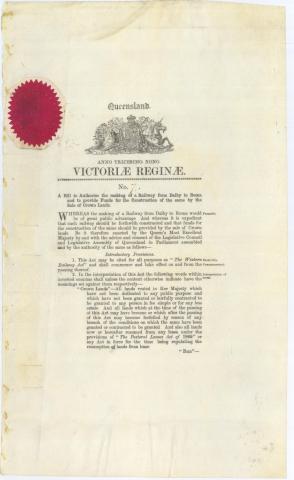
- News of the day
-
The Telegraph, Saturday 15 March 1924, page 8
At last we are entering on a stage in the history of the prickly pear pest in which it can be said the menace is to be really fought. The appointment of a permanent commission, empowered to expend £100,000 a year towards opposing the onward march of the prickly pear and possibly eradicating it is the outward and visible sign of arrival at that stage. It does not necessarily follow that the commission will succeed, and we need not be too optimistic about its chances because we have seen so much futile legislation passed to enable the pest to be dealt with, and have seen experimental schemes break down from one cause and another. But the calling into existence of a rather autocratically-vested body for the express purpose of dealing with the pear and with nothing else is the most hopeful move we have yet seen.
- Background
-
Cacti commonly known as prickly pear were first brought to Australia in 1788, Governor Phillip hoping to establish a cochineal industry in the fledgling British colony. The venture was not successful, but during the following century other cacti plants, particularly Opuntis inermis and Opuntis stricta from the Americas, were introduced to serve as hedges around pastoral homesteads in northern New South Wales and Queensland. They thrived in the conditions to such an extent, that by 1900 they had infested more than 4000 hectares of land in both colonies. This, however, was merely one stage in a botanical invasion of unprecedented proportions. By the time the devastation reached its peak in 1925 prickly pear had overrun more than 24 million hectares of prime pastoral and agricultural land in Queensland alone. By then physical destruction and poisons had been replaced by attempts at biological control, with a small Argentine moth known as Cactoblastis cactorum emerging as the most likely ally. The results were remarkable by any standard. By 1932 the moth’s larvae had reclaimed most of the heavily infested areas, and although there was a slight regrowth over the next three years, Cactoblastis had regained control by the end of the decade.



